Whether you’re a newbie to the ever-expanding world of smart home devices or an IoT enthusiast with years of experience with cool gizmos, Home Assistant is a worthy addition to your setup. It’s compatible with most smart home devices, includes rock-solid automation support, and has a wide array of add-ons that expand its functionality even further.
As if that’s not enough, you can even arm your Home Assistant server with additional peripherals. A Bluetooth module is one such accessory, since many budget-friendly SBCs, NUCs, and even the official HASS systems don’t ship with BLE support. If you haven’t already added one to your setup, here are some reasons why a Bluetooth dongle (or better yet, a proxy setup) is a must-have for smart home enthusiasts.
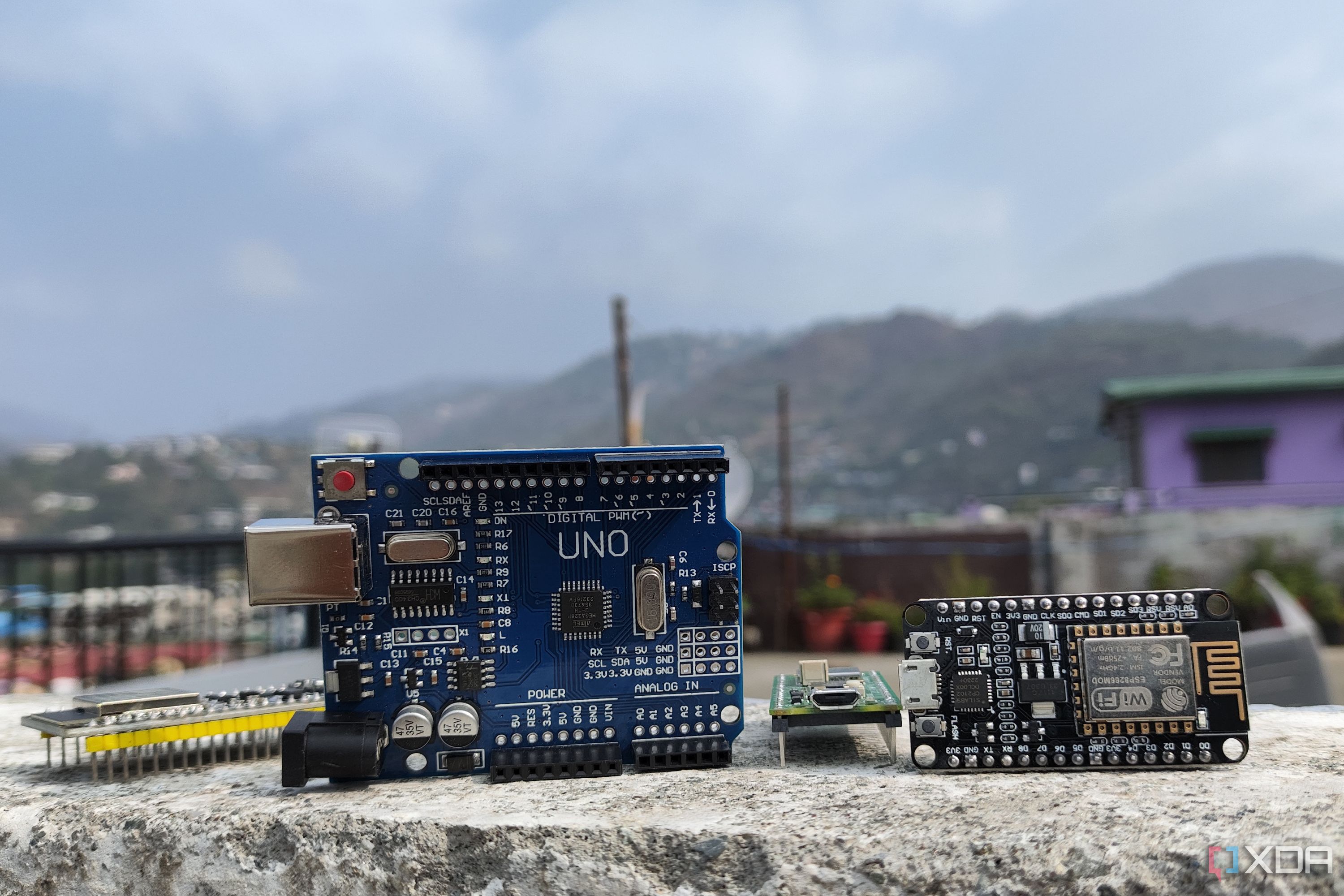
Related
Here’s how you can connect your microcontrollers with Home Assistant
Want to inject some microcontroller magic into your smart home? You've come to the right place!
5 Solid compatibility with niche devices
Including your electric toothbrush
Before taking the plunge into the Home Assistant rabbit hole, I was convinced that LEDs, thermostats, blinds, doorbells, and security systems were the only devices I could control with HASS. Turns out, there’s a battalion of niche gizmos you can integrate with your smart home setup.
The problem? Many of them aren’t compatible with other technologies besides Bluetooth. Electric toothbrushes, for instance, can’t send data over Zigbee or Wi-Fi, meaning you’ll have to rely on good ol’ Bluetooth to monitor your dental habits from HASS. Likewise, your average temperature, moisture, and humidity sensors may only support wired or Bluetooth connectivity, and going wireless simply better to avoid extra cable clutter.
4 No Internet connection required
And your devices won't hog up extra IP addresses
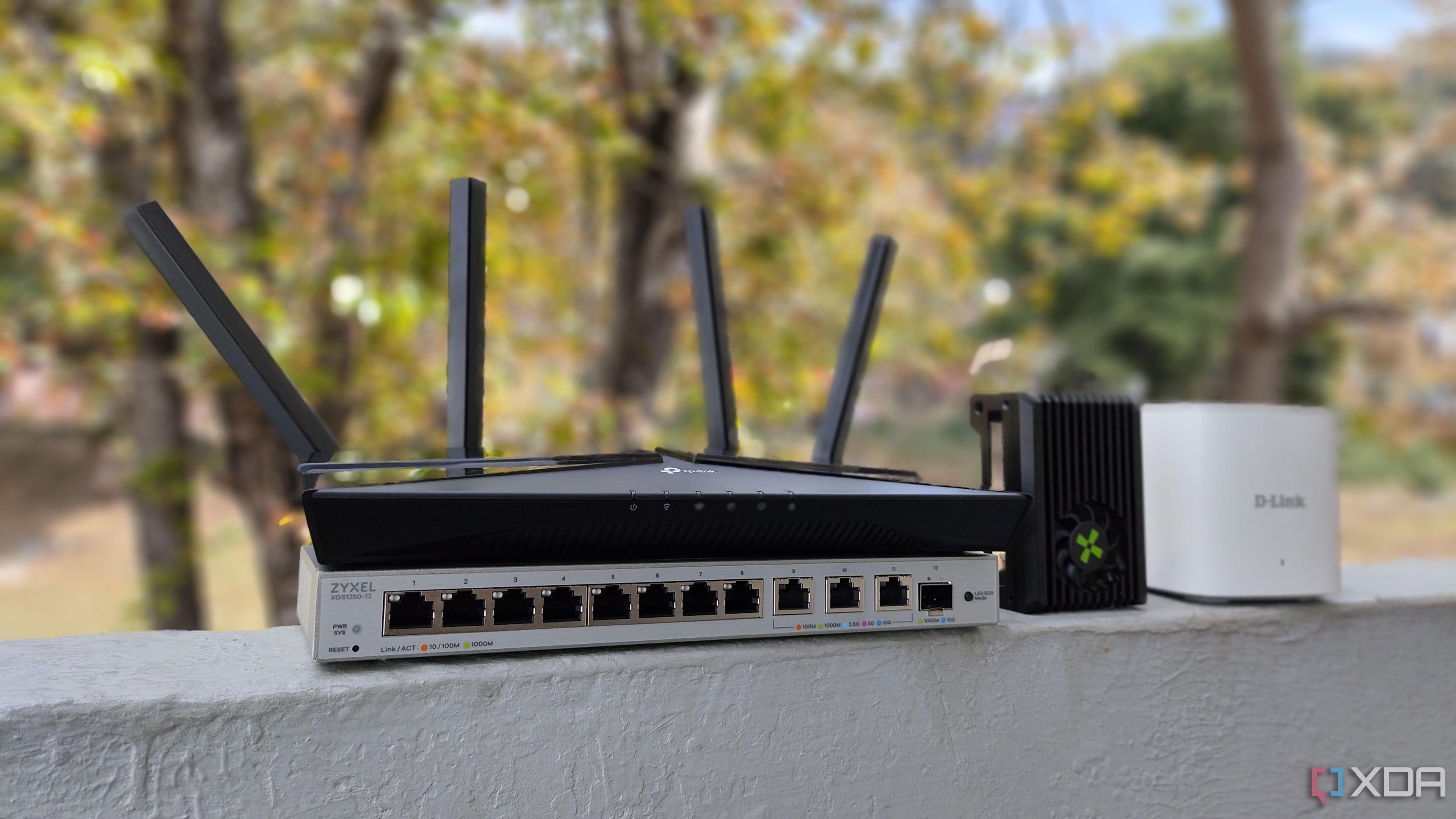
Bluetooth is far from a secure protocol, but at least you won’t have to worry about exposing your devices to the Internet. Even with devices that support web APIs, you could end up with an interface that’s slow and unresponsive. Our Lead Technical Editor, Adam Conway, encountered a similar problem with his Govee smart lights, and he solved it by reverse engineering the lights to use Bluetooth instead of the web API.
Then there’s the fact that you won’t have to worry about your dozens of devices hogging up extra IP addresses in your network. While it’s possible to expand the IP address range in a couple of ways, not everyone is willing to tinker with subnet masks and other advanced networking topics, especially since one false move is all it takes for your Internet to go offline.
3 Bluetooth proxy removes the coverage drawback
Another win for ESP32
Limited range is the biggest Achilles’ heel of Bluetooth connections, and it’s the reason why many Home Assistant users tend to avoid the wireless standard. However, a Bluetooth proxy can alleviate this issue by letting you put together a fault-tolerant connection for your BLE devices. Simply put, a Bluetooth proxy accepts data and signals from local devices and uses Wi-Fi to send them to your HASS server, thereby enhancing the range and reliability of the connection.
While they may sound rather complex, Bluetooth proxies are simple to set up, as all you have to do is flash some scripts onto your ESP32. If you’re even remotely familiar with config files and Python environments, you can get the Bluetooth proxy up and running within minutes.
2 Easy to configure
Adding Bluetooth devices to HASS is a piece of cake
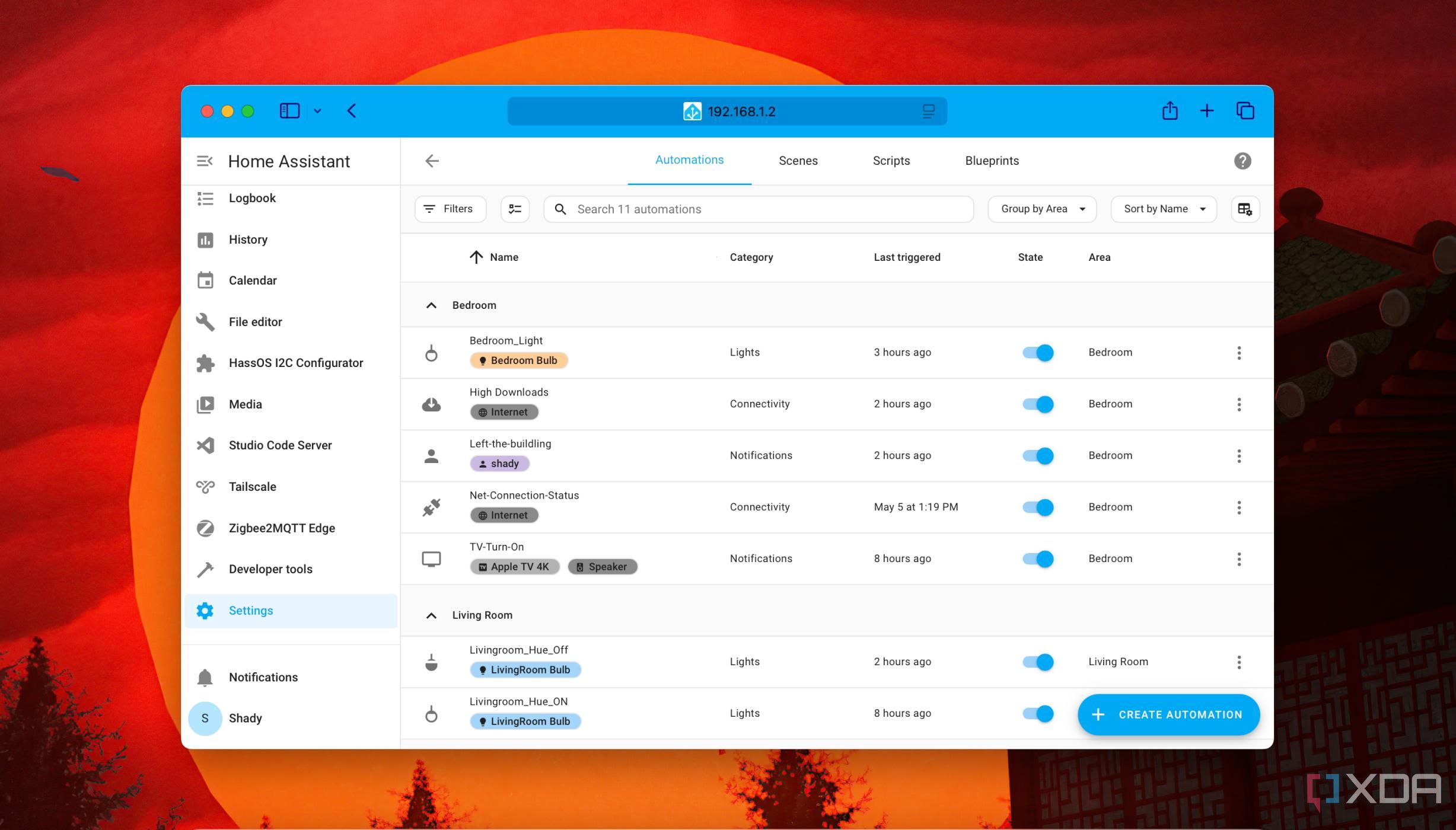
If you’re new to Home Assistant, certain protocols can seem rather complicated to use. I’ve had the misfortune of encountering Zigbee devices that outright fail to pair with Home Assistant because manufacturers ignored the protocol standards. Trust me, your rage will know no bounds once you’ve wasted hours trying to pair half a dozen Aqara lights to HASS.
In my experience, Bluetooth devices tend to work without too many issues, provided you invest in a decent Bluetooth adapter for your Home Assistant server.
1 Bluetooth devices barely consume any power
Especially if you go for BLE gadgets
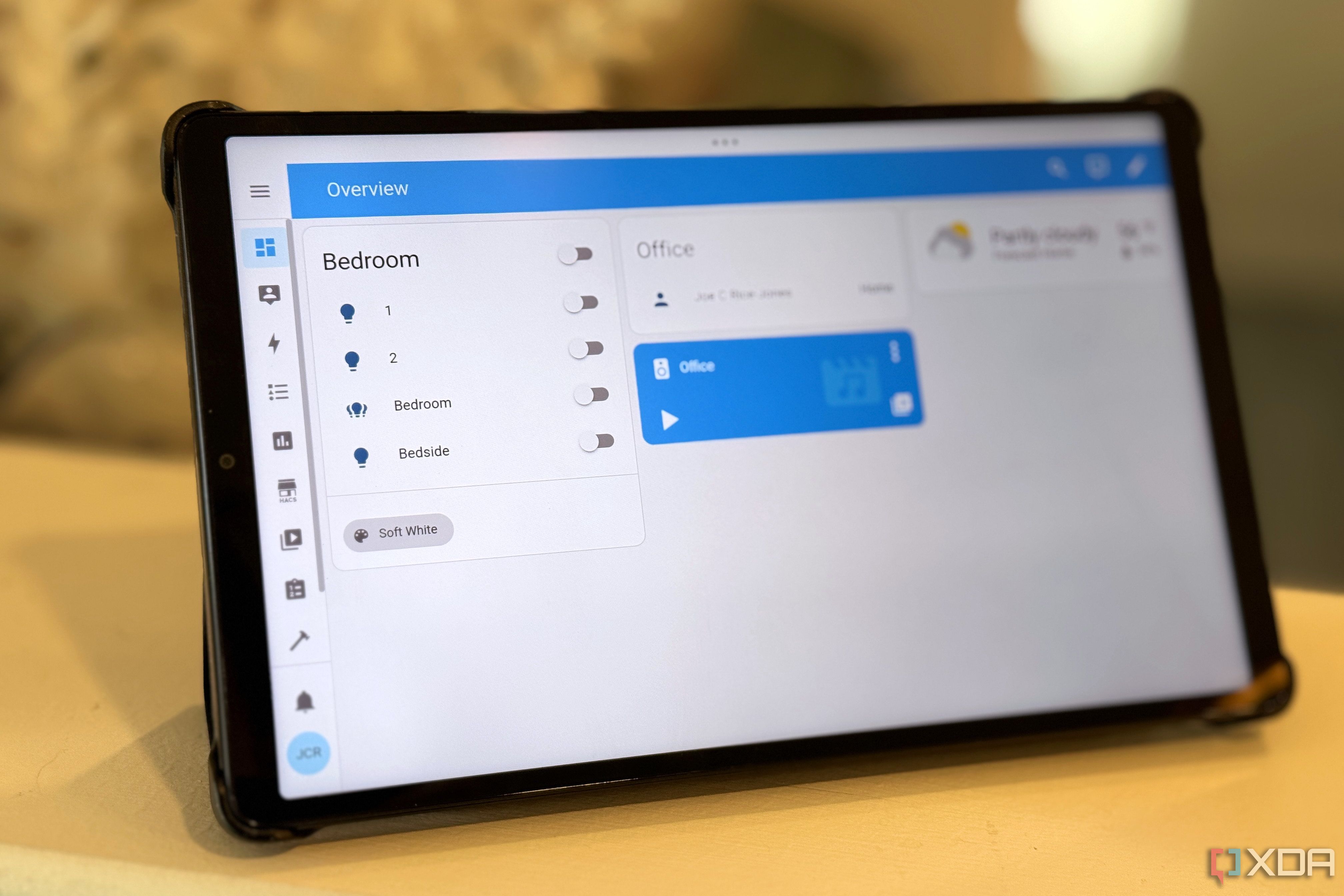
A couple of smart home appliances may not spike your energy bills. But once you start adding dozens of IoT gizmos, you could see a noticeable rise in your electricity consumption, especially if your devices rely on the more power-hungry protocols.
Bluetooth devices require nowhere near as much energy as their Wi-Fi counterparts, and Bluetooth Low Energy gizmos live up to their moniker by consuming minimal power. Throw in their affordable prices, and a Bluetooth-capable Home Assistant server becomes useful for a budget-friendly smart home.
Remember to pick the right Bluetooth module for HASS
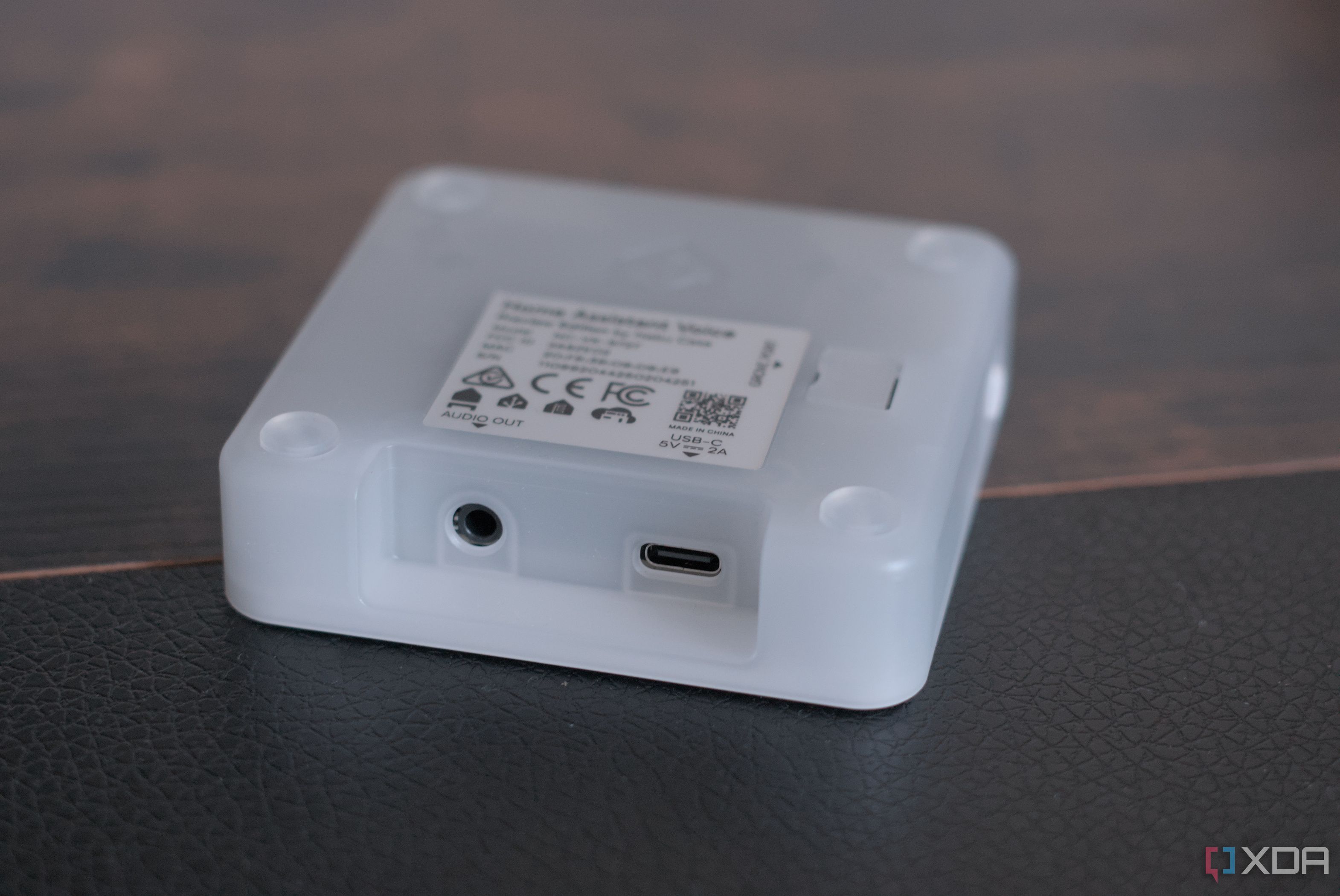
With the market full of Bluetooth adapters and modules, you’ll want to be careful when buying one for your HASS server. As someone who already got burned by a cheap BLE dongle in the past, I can confirm that not all adapters are built the same, and you could end up wasting $10 on a module that’s incompatible with Home Assistant.
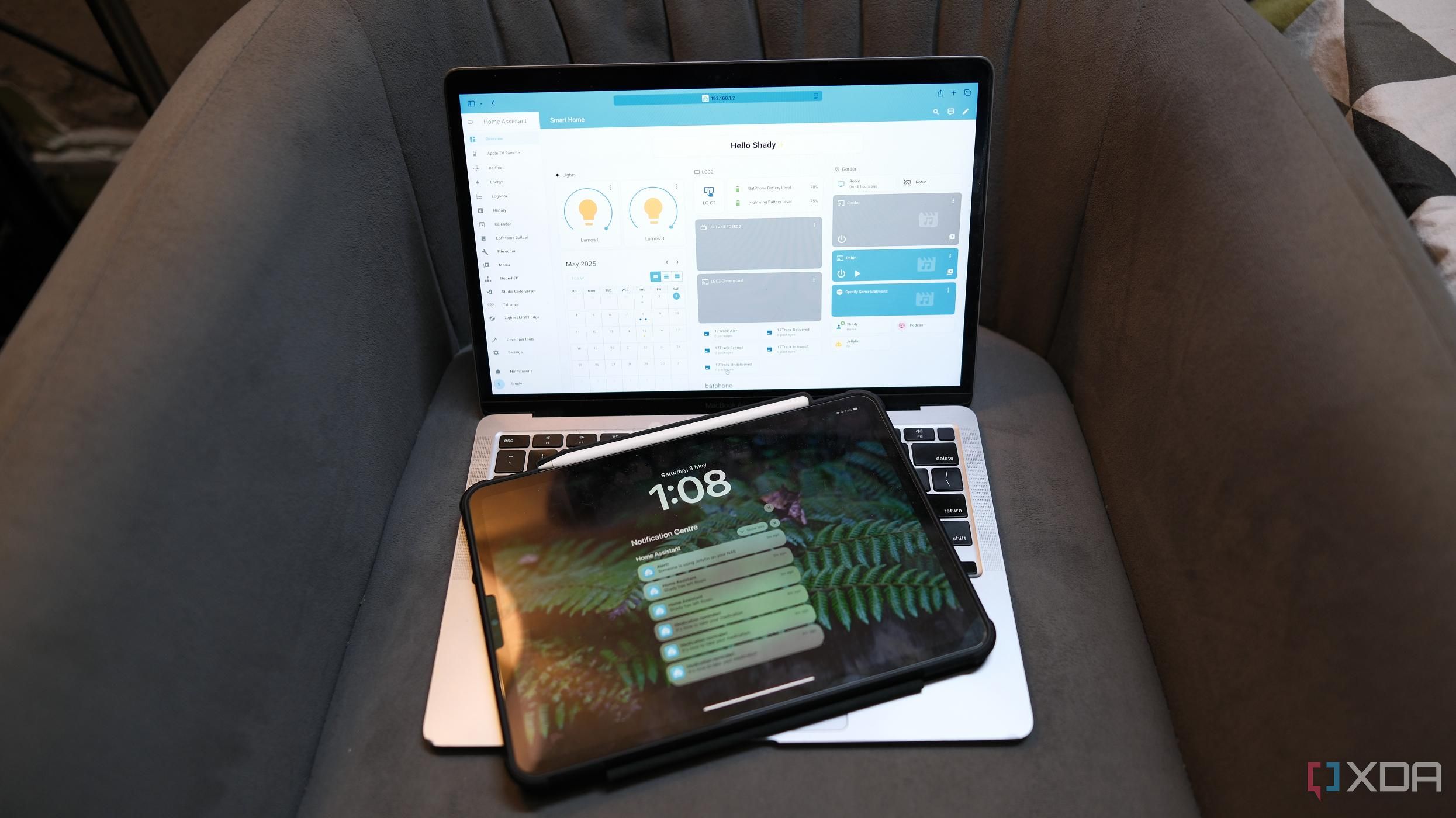
Related
5 Home Assistant automations I replaced with Node-RED
Home Assistant may include decent trigger-action provisions, but Node-RED is better for advanced automation projects
.png)



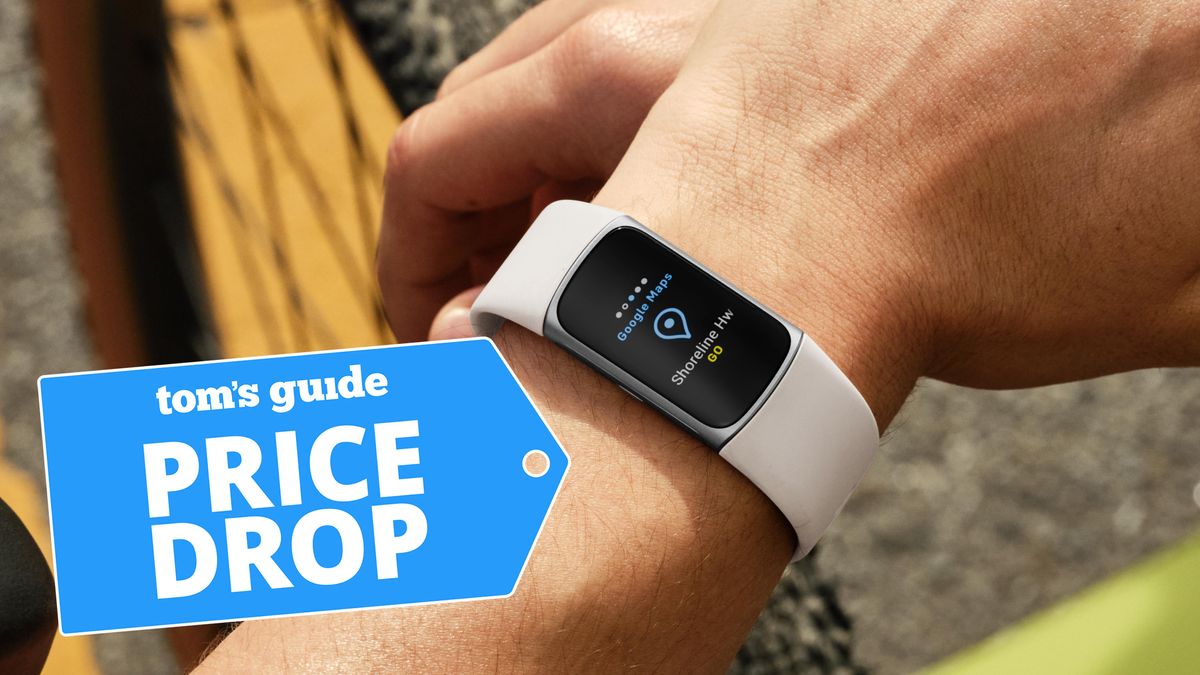






 English (US) ·
English (US) ·